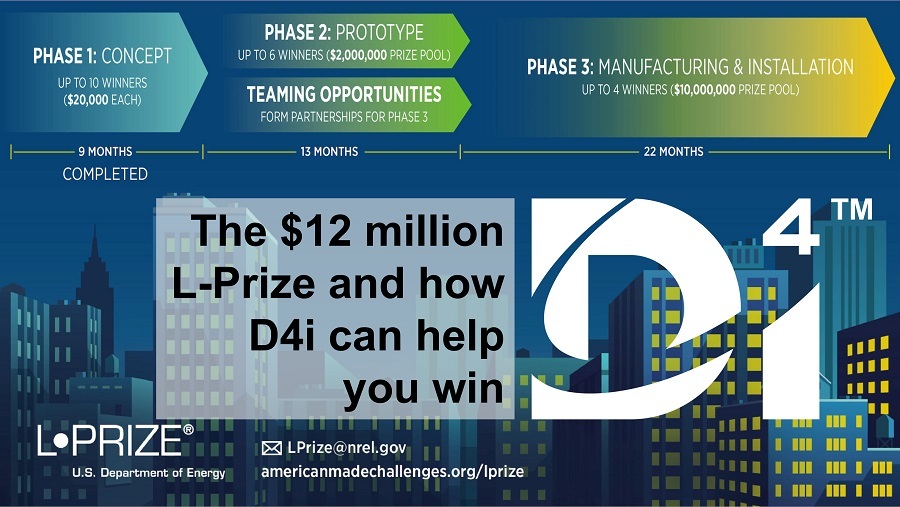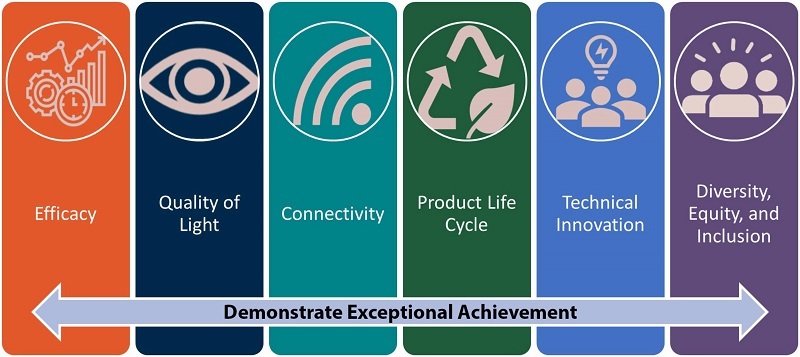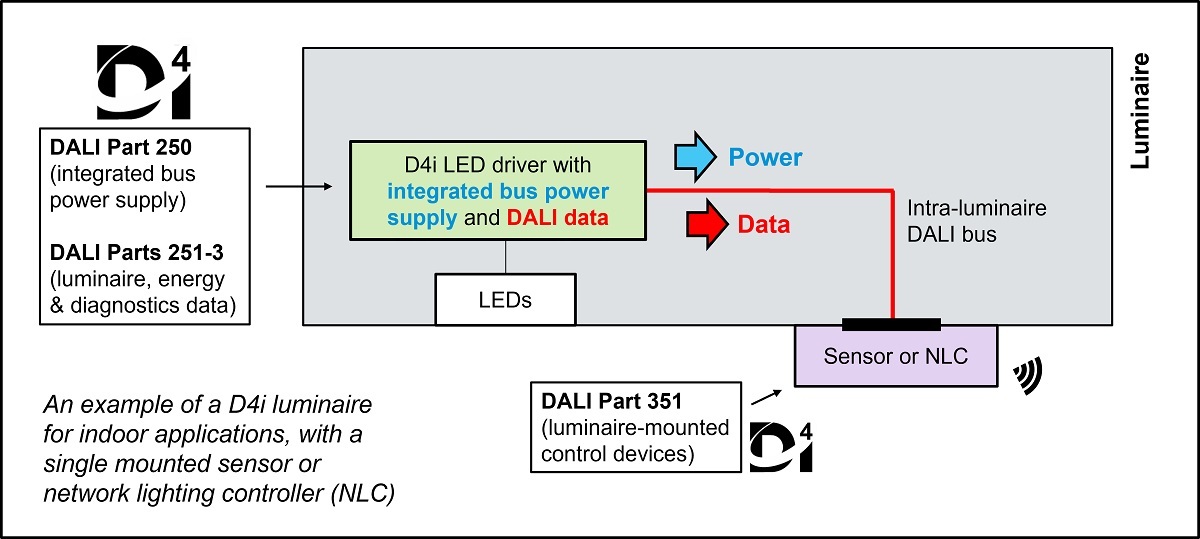




With an Intent to Submit deadline of January 13, 2023, the Prototype Phase of the L-Prize has a strong focus on the use of standards-based connectivity, and promotes the use of D4i and Zhaga Book 20.
December 15, 2022
 LED lighting is already making a huge contribution to reducing energy usage and cutting carbon emissions. But there is plenty more scope to improve efficiency, and to create lighting and control systems that deliver a higher quality result.
LED lighting is already making a huge contribution to reducing energy usage and cutting carbon emissions. But there is plenty more scope to improve efficiency, and to create lighting and control systems that deliver a higher quality result.
To encourage innovation for next-generation lighting, the US Department of Energy (DOE) has created a competition called the Lighting Prize, or L-Prize for short. The competition will award $12.2 million in cash prizes across three phases: Concept, Prototype, and Manufacturing and Installation. Participation is open to any entrepreneurial individuals or teams legally residing or based in the United States.
In this article, we explain why the D4i standard is ideally suited as the basis for a winning entry in the L-Prize Prototype Phase.
*** Don't miss the Intent to Submit deadline: January 13, 2023 ***
Rewarding innovation: what is the L-Prize?
 The L-Prize aims to boost innovation in advanced LED lighting fixtures and control systems for use in commercial and institutional buildings. This lighting sector accounts for about 36% of national lighting energy use. The competition will reward entries that demonstrate exceptional performance in four technical areas: efficacy, quality of light, connectivity, and product life cycle.
The L-Prize aims to boost innovation in advanced LED lighting fixtures and control systems for use in commercial and institutional buildings. This lighting sector accounts for about 36% of national lighting energy use. The competition will reward entries that demonstrate exceptional performance in four technical areas: efficacy, quality of light, connectivity, and product life cycle.
The L-Prize encourages innovators to engage in advanced lighting system development that leads to transformative designs, products, and impact, thus resulting in savings in energy, emissions and cost for American businesses and consumers.
The Concept Phase is already complete, and the DOE awarded $20,000 each to four winning competitors. The DOE has now opened the Prototype Phase of the L-Prize, which has two separate tracks: Luminaires and Connected Systems.
The Prototype Phase is looking for physical prototype systems, emphasizing technological innovation and challenging entrants to think outside standard forms, materials, and price points of commercially available products.
Up to six winners will share a prize pot of $2 million in the Prototype Phase, while in the Manufacturing & Installation Phase (expected to take place in 2023-25), up to four winners will share a $10 million prize pool.
 The Prototype Phase also initiates a teaming opportunity, with an online partner list updated regularly to enable competitors to find help. Manufacturing partners, materials or component suppliers, end-user installation host sites, utilities, energy service companies (ESCOs), installation contractors, and other interested parties are welcome.
The Prototype Phase also initiates a teaming opportunity, with an online partner list updated regularly to enable competitors to find help. Manufacturing partners, materials or component suppliers, end-user installation host sites, utilities, energy service companies (ESCOs), installation contractors, and other interested parties are welcome.
For the Prototype Phase, entrants must register their Intent to Submit by January 13, 2023, and the final submission deadline is May 1, 2023.
How DALI and D4i enable a winning system
The two tracks in the Prototype Phase – Luminaires and Connected Systems – both have mandatory standards-based connectivity requirements, and there is a strong focus on the use of D4i and Zhaga Book 20 (which references D4i).
D4i simplifies the addition of sensors and communication devices to luminaires. It enables plug-and-play interoperability when combined with a connector system, for example Zhaga Book 18 or 20, or NEMA/ANSI C136.41. All D4i LED drivers provide luminaire, energy and diagnostics data, which enables ‘DALI inside’ intelligent, IoT-ready luminaires.
The Luminaires track of the L-Prize Prototype Phase has mandatory connectivity requirements for a standards-based digital driver, and a standards-based sensor port and connector. Specifically, luminaires must utilize an LED driver with standardized power, data, and sensor capabilities in compliance with D4i or ANSI C137.4-2021 (which is harmonized with D4i).
 Also, luminaires must incorporate a standardized sensor receptacle aperture with physical shape and minimum keep-out area dimensions in compliance with Zhaga Book 20 or NEMA LS 20000-2021.
Also, luminaires must incorporate a standardized sensor receptacle aperture with physical shape and minimum keep-out area dimensions in compliance with Zhaga Book 20 or NEMA LS 20000-2021.
The Connected Systems track has its own set of mandatory requirements, which are addressed by DALI and D4i.
Firstly, the connected system must be able to communicate with and control luminaires that have D4i or ANSI C137.4 compliant drivers and/or sensing/communication modules, and leverage the standardized data stored in the driver memory banks.
Next, the system must have the capability to uniquely identify and/or address each lighting system luminaire and device digitally via software. This is a core feature of DALI and D4i.
Then, the system must be able to implement all the following adaptive lighting strategies: task tuning, scheduling, occupancy sensing, and daylight harvesting. The system must also be capable of manual control of lighting by a building occupant. All these features are readily achieved using DALI.
The system must provide a connected sensing/communication module with occupancy and ambient light sensing capabilities. The module must be able to be directly installed into each luminaire through a standards-based Zhaga Book 20 or NEMA LS 20000-2021 sensor receptacle, and connected to a standards-based D4i or ANSI C137.4 compliant driver.
The system must be able to measure and report the lighting system energy use. This is enabled by the DALI Part 252 specification, which is mandatory in D4i, and allows the LED driver to store and report energy and power data.
Finally, extra points will be awarded for systems that leverage the data provided by D4i drivers to detect and report specific faults. This is enabled by DALI Part 253, also mandatory in D4i, which allows the driver to provide a wide range of diagnostics information.
Conclusions
These challenging technical requirements are intended to stimulate creative approaches that raise the bar for efficacy, quality of light, connectivity, and lifecycle environmental impact.
Of course, all these mandatory requirements are just a base to work from. Competitors can earn points for going beyond the minimum technical requirements, and for additional technical innovations and approaches to support diversity, equity, and inclusion.
*** Don't miss the Intent to Submit deadline: January 13, 2023 ***